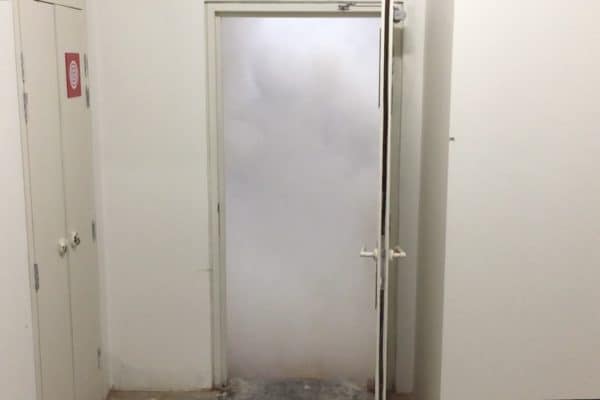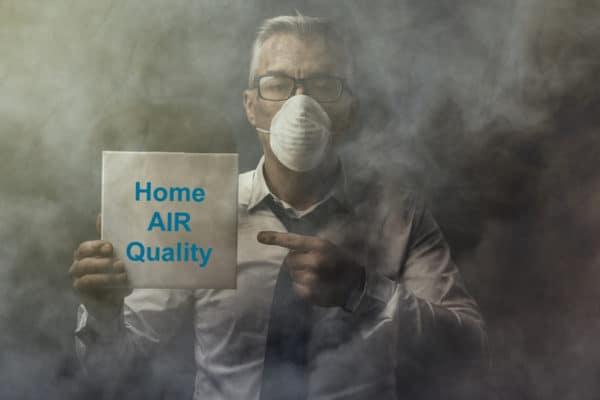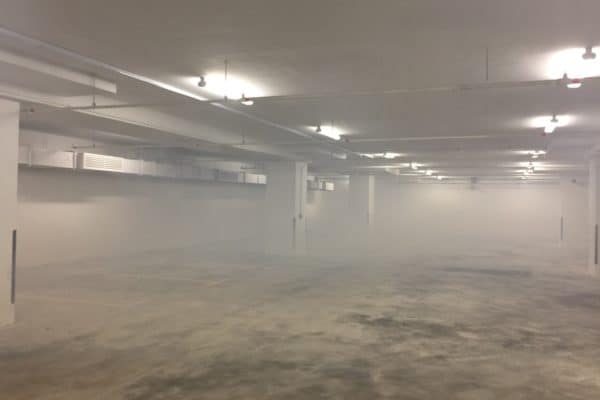High-Rise Buildings Fire Safety Measures
More and more people are living or working in high-rise buildings and they are concerned about fire safety. I’ve worked and completed two residential buildings. So, I decided to share some of the fire safety measures in high-rise buildings.
There are many fire safety measures developed and implemented in high-rise buildings constructed today. Some of the fire safety measures are passive while some of them are active.
Passive fire protection is about preventing a fire from starting in the first place. In case of a fire, passive fire protection prevents the fire from spreading and causing more damage.
On the other hand, active fire protection is about stopping the fire while clearing several escape paths for the people in the building to evacuate.
1. Smoke Detectors
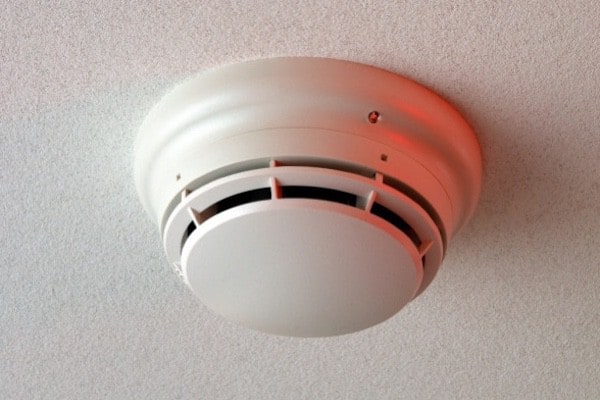
The most important thing in fire fighting is to know identify a fire source and quickly stop it from spreading.
Smoke detectors are installed everywhere in high-rise buildings. Smoke detectors are used to detect smoke and trigger a warning signal to the building’s control room to alert operators on any potential fire.
There are a few stages of fire alarms. If it is a minor alarm, fire alarm bells will be ringing intermediately (not continuously). However, when sufficient smoke is detected, the building’s fire protection system will trigger an evacuation-level fire alarm.
If you hear fire alarm bells are ringing continuously and non-stop, it means that you need to evacuate the building as quickly as you can.
2. Fire Alarm and PA System
Since most fire cases happen at night, fire alarm bells are designed to be very loud so that everyone can hear them and wake up from their sleep.
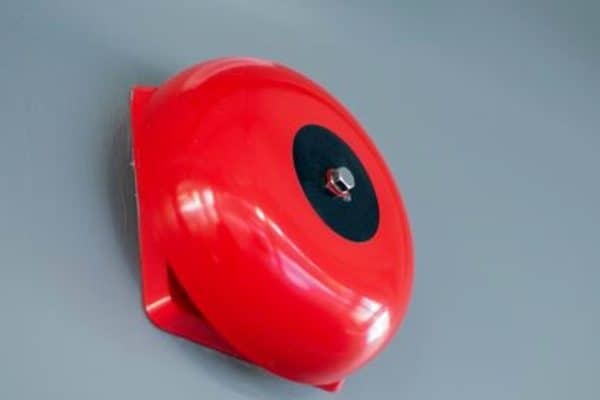
At the same time, the public announcement system (PA system) will repeatedly declare an emergency evacuation throughout the building and clarifies that the evacuation is not a fire drill.
The building’s fire protection system is linked to the nearest local fire department. Thus, it’ll send an SOS signal to the local fire department. Besides, there is an SOS fire phone located at critical places for people to call the linked fire department upon picking up the phone.
So, you don’t have to call the fire department. Just focus on leaving the building as quickly as you can.
The building’s fire protection system will ensure that the nearest fire department will be informed and thus, shortening the firefighters’ arrival time as much as possible.
Once the building informed the local fire department to come and stop the fire, the rest is up to the building’s fire protection system to clear the escape path for you.
3. Fire Sprinklers

During a fire, the first line of defense is fire sprinklers. However, fire sprinklers are activated by heat. If the fire is “hiding” underneath something, the fire sprinklers will not activate.
But, once there is enough heat, one or more fire sprinklers will burst and start spraying water to try to stop the fire. However, sufficient pressure is required in the fire sprinkler piping system in order to maintain water flow.
Hence, fire pumps and fire water tanks are crucial to make sure there is a sufficient amount of water coming out from the sprinklers. But, fire pumps required a power supply to run and power may be cut during a fire.
4. Essential Power Supply
Fire protection equipment are connected to the essential power supply. What it means is that these equipment are connected to a backup power generator, usually powered by diesel.
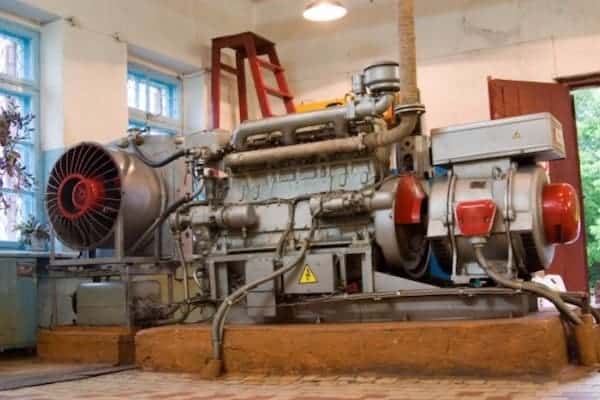
Hence, if power is cut during a fire, a backup generator will engage shortly in order to resupply power to all fire fighting equipment.
Not just fire pumps, many fire protection equipment are connected to the essential power supply. Power cables used for essential power supply are able to withstand very high temperatures for at least 2 hours.
If power is cut during a fire, you can still rely on emergency lights and exit signs to find an escape path. They are powered by their built-in batteries and they are designed to last for a few hours.
5. Magnetic Doors
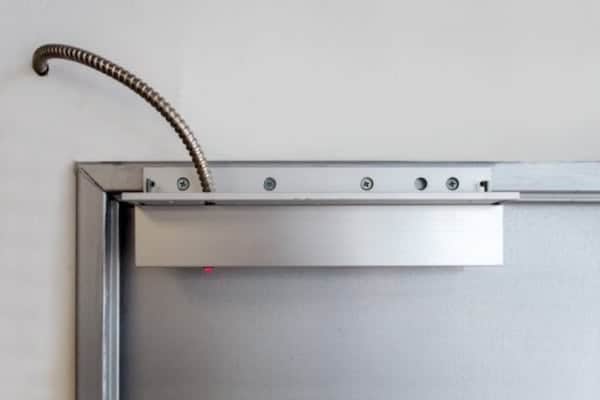
High-rise buildings have many doors that are magnetically closed. Some of them are exit doors. Hence, when the fire alarm is triggered, these magnetic doors will release/unlock so that people can use the door to escape.
Don’t worry if the exit door near your unit is normally locked, it’ll be unlocked during a fire. Hence, you should always go for the nearest exit door.
But, only go for doors that have an exit sign because it’ll lead you to the evacuation assemble point. Non-exit doors will not lead you directly to the evacuation assemble point.
6. Staircase Pressurization
During a fire, the lifts that you normally use will stop operation. Hence, you need to escape using the stair. But, if smoke enters the staircase, you may be trapped inside the staircase.
Thus, high-rise buildings have a staircase pressurization system that brings in outside air to pressurize the staircase so that smoke can’t enter the staircase. Because the staircase is pressurized, you may find it harder to open the staircase door.
The design of the staircase pressurization system is life and death because if it pressurizes the staircase too much, people (especially women, children and seniors) will not have enough strength to open the door.
Conversely, if there is not enough pressure inside the staircase, smoke will slowly creep in and obstruct the evacuation.

If you are interested to know more about the pressurization system, check out my post on the basics of the staircase and lift lobby pressurization system.
Furthermore, the staircase pressurization system has its limitations. If too many staircase doors remain open, it can’t provide sufficient pressure to stop the smoke from entering the staircase.
Hence, staircase doors always have an automatic door closer to ensure that they always remain closed.
7. Basement Smoke Extraction

During a fire, a huge amount of smoke can quickly fill up the entire basement carpark which makes people difficult find an exit door.
Thus, enclosed basement carparks always have a smoke extraction system to extract smoke as well as forcing in outside air to dilute the smoke and prevent the space from becoming a vacuum.
You can check out my post on smoke spill system to learn more about the requirement.
However, the smoke spill system has its limitations too. It can’t cover too large of an area. Hence, fire roller shutters are installed to compartmentalize the basement carpark so that the smoke spill system can work effectively.
If you happen to be at the basement carpark during a fire, quickly look for an exit sign to find the exit door. Don’t worry if roller shutters are coming down because there is always an exit door at each compartment.
8. Fire Fighter Access and Service Lift
High-rise buildings always have a wide road from the entrance all the way to the side or the back of the building for fire trucks to access the building’s service lift. Hence, it is important that the access road is not blocked.

Firefighters will use the service lift to access the fire source floor. Hence, the service lift will always have a control panel where firefighters use to overwrite and control the service lift operation.
Meanwhile, the operation of the lift lobby pressurization system is crucial to make sure that smoke does not enter the service lift lobby which can hinder the fire rescue process.
9. Other Fire Safety Measures
Many equipment have a normal mode and a fire mode. Normally, these equipment are operating in normal mode. When the fire alarm is triggered, these equipment will switch to fire mode.
In fire mode, these equipment ignore damage protection devices such as overload relays in order to keep running until they eventually fail to protect the people escaping in the building for as long as possible.
Furthermore, fire dampers and fire curtains will close wall openings in an effort to prevent fire and smoke from spreading from one room to another room.
Final Thought
Over time, engineers developed and implemented many fire safety measures in high-rise buildings. However, the lack of maintenance can sometimes cause these fire safety measures not to work effectively during a fire.
Nevertheless, high-rise buildings are generally safe against fire. Since high-rise buildings are inevitable, getting to know these fire safety measures may give you some peace of mind about living or working in a high-rise building.
If you have anything to add (or ask) about this topic, leave a comment down below!




